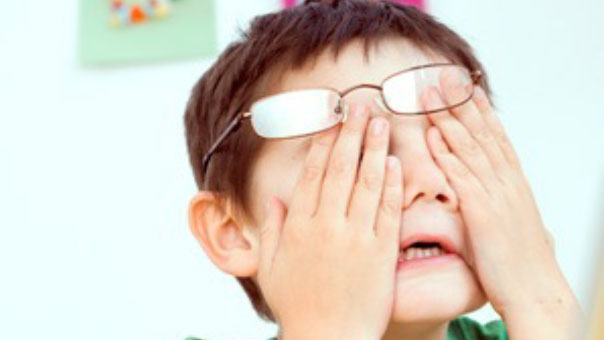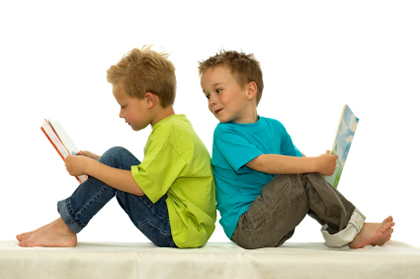Stress affects many Americans; it is not just a 21st century problem but and issue that people all over the world have experienced since the beginning of time. Stress can if continued can have a negative impact on a person’s life. Stress doesn’t always have to be negative. Stress can also lead to positive results pushing the person undergoing stress to the next level in their life. According to the googled definition, stress is the pressure or tension exerted on a material object. A state of mental or emotional strain or tension resulting from adverse or very demanding circumstances
What are the main causes is stress? There are various things in a person’s life that can cause stress. In a person’s personal life such as health, emotional problems, your relationship, major changes in life, stress in the family or conflicts with your beliefs and values. There are also social and job related causes of stress as well such as your surroundings, social situation, or job. A person can also desire help when dealing with stress if they have encountered life threatening or traumatic events like death of a loved one, sexual violation, natural disaster or war. Those particular events can cause something that is called (PTSD) post traumatic stress disorder. Stress is your body’s way of responding to any kind of demand or threat.
Often times stress can come from factors on the inside of you rather than the outside. A person can cause unwanted stress by worrying about things that they have no control over. The fear of the unknown can lead to a person becoming stressed. We often watch the local news and hearing of the recent wars, the results of the presidential election and the state our country is in a result, wildfires, earthquakes, bombings etc. can seen us into a state of fear causing stress because we have no control over the outcomes. We know deep down that there is no way to know when, where or how these disasters will happen but the daily coverage on the news makes us believe that the events are more than likely to happen and happen often. We can also experience fear in our own home such as the fear of loneliness, bills not being paid on time, school, work products and children.
The way we perceive things and our responses to them can determine whether we will let it add stress into our lives. For example, you can get a flat tire and if your respond to it as “oh well, I have tire warranty, I’m covered you are less likely to stress you out. “My tire is busted, what if it happens to my other tires; will they continue to cover it?” As for me, my constant worry is I am taking classes’ full time as well as working full time; will I be able to handle this? Do I have the ability to be successful at both? We tend to think that we are perfect without fault. As stated in the article Causes of stress in webmd “If you expect to do everything right, all the time, you’re destined to feel stressed when things don’t go as expected”. When a person experience change in their life, it can be stressful be it a happy or sad event. What we allow to stress us is based on the person that we are.
What can stress do to your body? The hypothalamus, a tiny control tower in our brain, sends out the order: Bring on stress hormones! These stress hormones are the same ones that trigger your body’s “fight or flight” response. Your heart starts to race, breath quickens, and muscles are ready for action. This response was designed to protect the body in an emergency by preparing you to react quickly. But when a person continues to become stressed, the stress response keeps firing, day after day, and it can put your health at serious risk. Below, is a chart that explains the effects of stress on various parts of the body.
Stress is a natural physical and mental reaction to life experiences. Everyone will experience stress from time to time. In all of a sudden, short-term situations, stress can be beneficial to your health. It can help prepare your body with the ability to handle potentially serious situations. If your stress response doesn’t stop firing, these stress levels stay at a heightened level longer than needed for survival and as a result, it can take a toll on your health. Chronic stress can cause a variety of symptoms and affect your overall quality of life.
Behavioral symptoms that causes stress We already know that stress can have serious affects on the body but many do not realize that when you are stressed, it affects your thoughts and feelings, and your behavior. Being able to recognize when you are stressed, can give you a head start managing it. A few common effects of stress on your mood causes anxiety, restlessness, lack of motivation or focus, feeling of being overwhelmed, irritability or anger, and sadness or depression. Common effects of stress on your behavior are overeating/ lack of eating, angry outbursts, drug or alcohol, tobacco use, social withdrawal or change in lifestyle veering away from the things that normally gives you pleasure.
How to manage stress? Because stress is unavoidable, it can be manageable. There are are several ways that you can manage your stress level is by engaging in exercising. Exercising on a daily basis can help change your mood and can be used as a distraction from the worries in life and allows you to come away from the negative thoughts that adds to your stress level. Connecting with others can be a stress reliever as well. Something as simple as being in the company and talking to another person can send signal to your body and ease stress when you are feeling irritated. Engage your senses of touch, taste, seeing, smell, hearing can calm you. Often times when I am feeling stressed, I listen to gospel music or a sermon while at times taking deep breathes has a tendency to calm me. When I do these things, it switches my focus from the negative to the positive.
Learn how to relax we cannot prevent stress from happening in our life however, we can control our response to it. When we use techniques to relax our body like yoga, meditation, and deep breathing send a signal to our body to relax. Eating right is another way to help us manage stress. The foods that we decide to put into our bodies can help or hurt the way we feel and our ability to handle situations. Lastly, getting plenty of rest also helps. When our bodies are tired, stress can cause us to respond in a way that we normally would not if we had the ability to think rationally. If we are under stress, we either have a hard time falling asleep or have a hard time sleeping the entire night.
When children face stress, unfortunately they do not always have the tools to help them manage the stress as adults do. As adults, it is our job to help a child cope when they are experiencing stress. Before a child is born, it can be affected by stress if the mother is experiencing a period of stress while the child is still in the womb. The brain is the primary stress organ. The mother has cortisol levels in her body that can affect the developing fetus. If the mother is stressed, it can directly affect to the well-being of the unborn child.
Stress levels that are positive and easily tolerated by the body are safe. However, stress that is toxic can increase the risk of premature birth, low birth weight and other complications. Stress can also be linked to I impaired mental, behavioral and motor development in the baby. For children, their bodies and minds are still growing, so coping strategies would be extremely important for them. High levels of stress early on have been connected to impaired behavioral and emotional development as well as numerous health impacts later on in life.
In conclusion, stress is a powerful thing that can help or hurt a person. The way in which we allow it to affect our life is how we respond to the stressful event. Everyone needs to have the ability and the tools needed for them to get through their situation. Given that children are not capable to do the things necessary to manage stress, we must guide them through the process which is similar to the way that adults need to get through situations. Initially, when I saw that a 6-8 pages research paper was the midterm for this class I immediately when through mixed emotions causing stress on me. I did not sleep at all last night worrying if I could get the job done. After going through various emotions, it was up to me to either let it get me down and take a toll on me or take a deep breath and tackle my exam head first.
Bibliography:
Helpguide.org. (2017). Stress Symptoms, Signs, and Causes: Improving Your Ability to Handle Stress. [online] Available at: https://www.helpguide.org/articles/stress/stress-symptoms-signs-and-causes.htm [Accessed 17 Oct. 2017].
Mayoclinic.org. (2017). Stress symptoms: Effects on your body and behavior – Mayo Clinic. [online] Available at: http://www.mayoclinic.org/healthy-lifestyle/stress-management/in-depth/stress-symptoms/art-20050987?p=1 [Accessed 17 Oct. 2017].
Center on the Developing Child at Harvard University. (2017). Neglect. [online] Available at: https://developingchild.harvard.edu/science/deep-dives/neglect/ [Accessed 17 Oct. 2017]
Pinterest. (2017). Best 10+ Physical effects of stress ideas on Pinterest | Psychological effects of stress, Negative effects of stress and Physical symptoms of anxiety. Available at: https://www.pinterest.com/explore/physical-effects-of-stress/?lp=true [Accessed 17 Oct. 2017].












